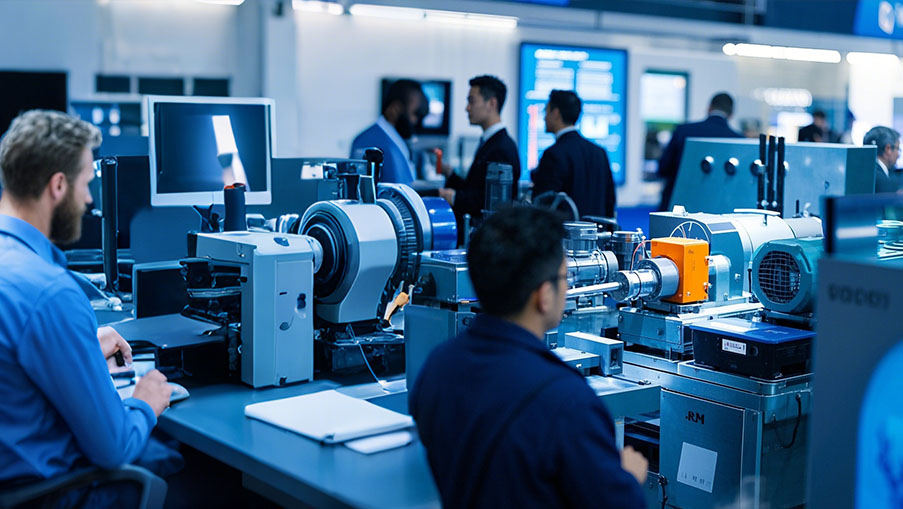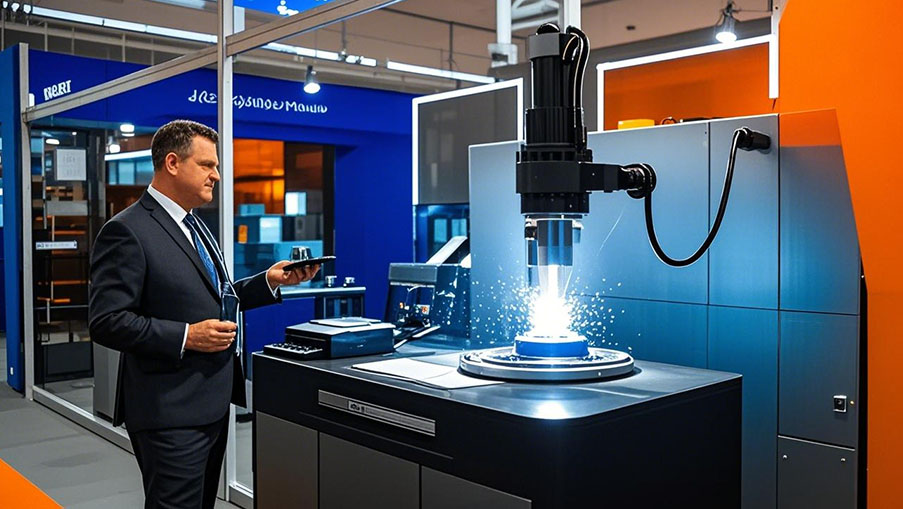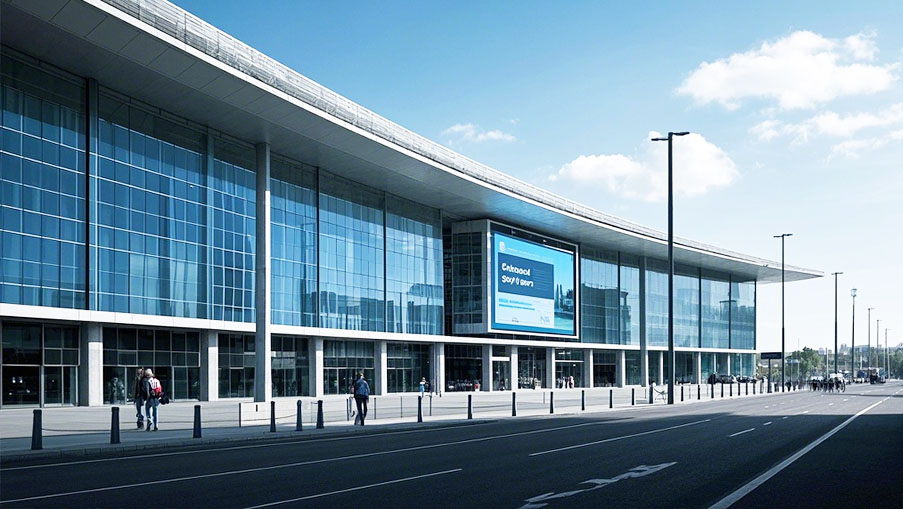站点地图
Laser cladding technology, as the core innovation in the field of modern industrial remanufacturing, realizes the efficient repair and performance improvement of worn, corroded or failed parts through the precise combination of high energy laser beam and metal powder. With its unique technological advantages, this technology is reshaping the maintenance mode of the traditional manufacturing industry and promoting the development of industrial remanufacturing to the direction of intelligence and green.
Technical principles and core advantages
The core of laser cladding is to use a laser beam with high energy density to instantly melt the alloy powder and form a metallurgical bond with the substrate surface. This process achieves a high degree of control of coating thickness and properties by precisely controlling laser power, scanning speed and powder delivery amount. with
Compared with traditional surface treatment technology, laser cladding has the following significant advantages:
1. Metallurgical bonding characteristics: the cladding layer forms atomic bonding with the substrate, and the bonding strength is much higher than that of the spraying or surfacing process, ensuring the reliability of repaired parts under complex working conditions.
2. Low dilution rate and micro-area repair: laser energy is highly concentrated, only the thin layer of the substrate surface is melted, the coating composition is minimally affected by the substrate, and the original performance of the cladding material can be retained.
3. Small heat affected zone: the rapid heating and cooling process effectively reduces thermal stress and avoids workpiece deformation, especially suitable for the repair of high-precision parts.
4. Wide material compatibility: Support a variety of metals, ceramics and composite materials cladding, can be customized according to the working conditions, such as wear resistance, corrosion resistance, high temperature resistance. 55. Applied innovations in industrial remanufacturing 55. The application of laser cladding technology in the field of industrial remanufacturing has covered many key industries, and its innovation is reflected in the following aspects:
Aerospace field
Engine blade repair: For turbine blades prone to wear under high temperature and pressure environment, laser cladding can accurately repair local damage, restore the aerodynamic shape of the blade, and extend the service life.
Strengthening of structural parts: By cladding high-temperature resistant alloys, improve the fatigue resistance of aircraft landing gear, fuselage frame and other components to reduce maintenance costs.
Automotive manufacturing
Mold repair and strengthening: the surface of the stamping mold is coated with high-hardness alloy, which significantly improves the wear resistance of the mold, reduces the replacement frequency and shorters the production cycle. Key parts regeneration: repair engine cylinder block, crankshaft and other worn parts, restore their dimensional accuracy and mechanical properties, and realize the reuse of old parts.
Energy and heavy industry
Power generation equipment maintenance: repair turbine rotor, turbine blades and other large parts, to solve the problem of corrosion and erosion, to ensure continuous operation of equipment.
Mining machinery remanufacturing: surface cladding of crusher hammer, shield machine tools and other wearing parts to enhance wear resistance and extend service life.
Green manufacturing replaces traditional processes
Laser cladding technology is gradually replacing high-pollution electroplating, thermal spraying and other traditional surface treatment processes. For example, in the manufacturing of oil drilling tools, laser cladding non-magnetic wear strip technology has achieved an environmentally friendly alternative to the traditional chromium plating process, not only eliminating heavy metal pollution, but also improving the wear resistance several times.
Technological trends
With the advancement of intelligent manufacturing and Industry 4.0, laser cladding technology is evolving in the following directions:
Intelligent process control: Combining machine vision and AI algorithm to realize real-time monitoring and adaptive adjustment of the cladding process to improve repair accuracy and stability.
Multi-material collaborative cladding: Explore new material systems such as metal-ceramic gradient materials and nanocomposite coatings to meet high performance requirements under extreme working conditions. Overall repair of large components: Develop automatic cladding equipment of large size and complex surfaces to break through the limitations of traditional repair processes.
Digital integration: Through digital twin technology, the status tracking and repair solution optimization of the whole life cycle of parts are realized, and the remanufacturing is promoted to precision development.
Far-reaching implications for industrial remanufacturing
The popularity of laser cladding technology is reshaping the value chain of industrial remanufacturing: Economic benefits: through repair replacement, significantly reduce the maintenance cost of enterprise equipment, while reducing new material consumption and waste emissions.
Resource recycling: Reinvigorate used parts and components, and promote the transformation of manufacturing to a resource-saving and environmentally friendly model.
Breakthrough of technical barriers: Provide technical support for domestic maintenance of high-end equipment and reduce dependence on imported spare parts.
In the future, with the continuous maturity of technology and the expansion of application scenarios, laser cladding will become one of the core technologies in the field of industrial remanufacturing, injecting new momentum into the sustainable development of the global manufacturing industry.













0 条评论
网友评论仅供其表达个人看法,并不表明本站立场。